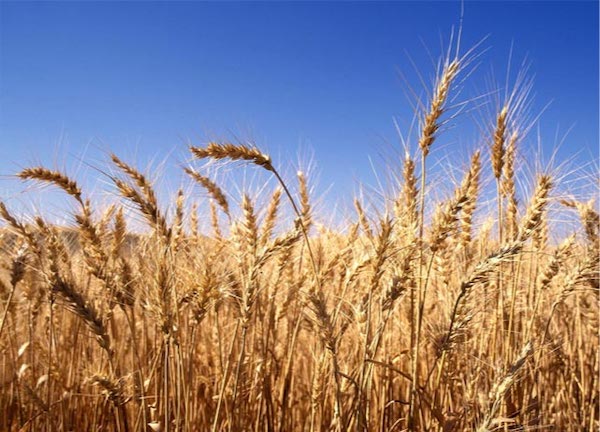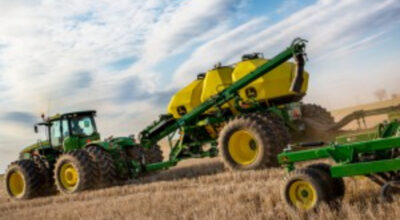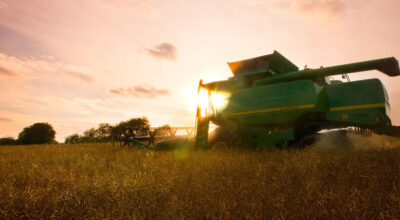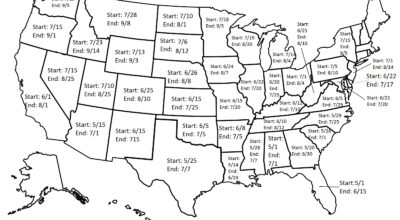Like most crops, wheat goes through several phases before it’s harvested and sold, including germination, seedling, tillering, stem elongation/jointing, booting, heading, flowering, milk, dough, and ripening. Each phase is essential to producing a high yield of a quality crop. With this in mind, it is critical that farmers pay strict attention to the type of maintenance and care that is required throughout the winter wheat life cycle.

In this post, we’ll go over the 10 stages of the winter wheat life cycle and shed light on the importance of each with regard to the final maturity of a wheat kernel.
Breaking Down the Winter Wheat Growth Cycle
By understanding and being able to identify the different stages of wheat growth, producers can make more informed decisions in terms of pest management and plant development. The winter wheat life cycle is as follows:
1. Germination
When a mature wheat kernel is put back into the soil as a seed, it will begin to absorb water to allow for three seminal roots to develop.
2. Seedling
Once the roots have begun to hold on tightly and deeply, the first leaves start to push their way up to the soil surface. In this stage, the plant will typically have six seminal roots and three leaves.
3. Tillering
As the roots continue to absorb water and nutrients, tillers will start to sprout. Tillers are stems that represent the potential for a wheat plant to develop an additional stem complete with its own leaves, roots, and head. Toward the end of this stage, the tillers will stop producing leaves and begin producing reproductive structures.
4. Stem Elongation/Jointing
Once the tillering stage has been completed, the winter wheat plant will begin growing from the crown root (the main trunk of root right beneath the surface) to produce a long, stiff stem. This elongated stem will hold the head of the plant and is complete when the final leaf appears.
5. Booting
The final leaf to appear on the plant’s head will be visibly enlarged during the booting stage. At the end of this stage, the wheat plant head will have fully broken through its exterior sheath.
6. Heading
This is an in-between period that extends from the first appearance of the head through the sheath to when the head begins to flower.
7. Flowering
During the flowering stage, pollination and fertilization occur and result in a new embryo endosperm within a few days.
8. Milk
Winter wheat seeds will show their first signs of maturity in this phase as the endosperm changes from a milky liquid to a solid.
9. Dough
Kernel formation is completed during the dough development stage. The transport of nutrients from roots, stems, and leaves to the developing seed will have been accomplished and the seed will be considered physiologically mature.
10. Ripening
The mature kernel will continue to lose much of its remaining moisture and become harder. In a matter of 30-50 days, depending on environmental conditions, the winter wheat is now ready for harvest.
Once all of these crop growth stages have been completed, you will be left with a mature winter wheat kernel that will either be used to fertilize new wheat crops or will be sold and used to make the food we eat.
If you have any questions about John Deere harvest equipment, you can contact your local John Deere dealer.
If you enjoyed this post or want to read others, feel free to connect with us on Facebook, Pinterest, or Twitter!



